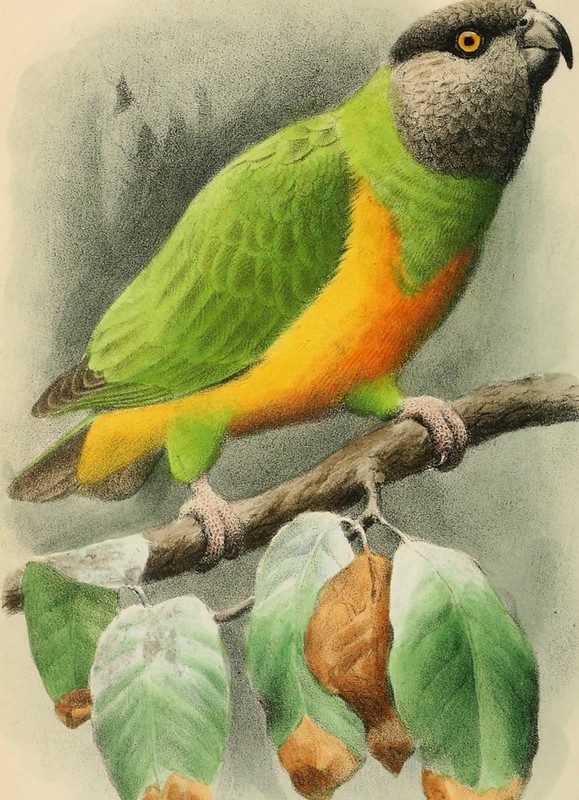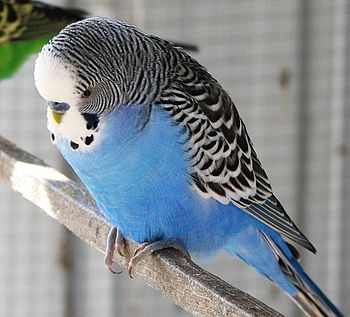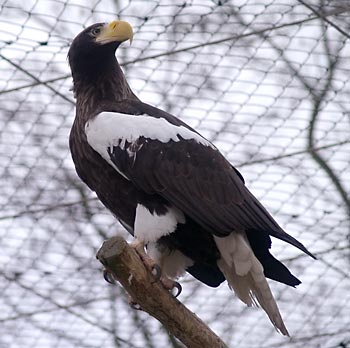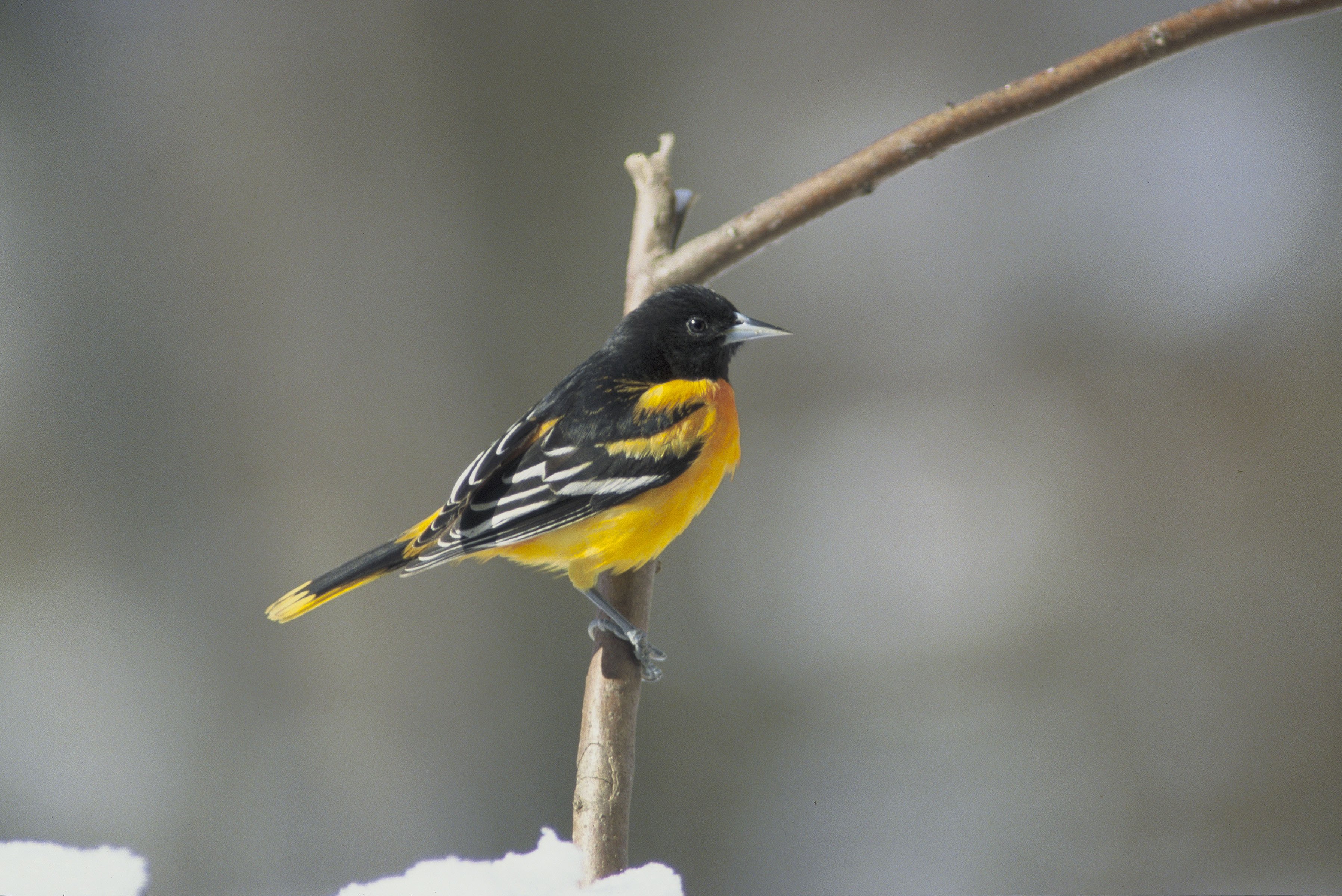 |
| Photo by sonstroem |
Most rooms have other dangers which could prove fatal for a young conure. For this reason alone, never leave the bird free without watching its movements closely. It may attempt to gnaw through a live electrical wire or eat poisonous houseplants. An unguarded fireplace or an uncovered fish tank can spell disaster for the unwary conure as well.
On the first few occasions that you let the conure free in a room, there are likely to be problems in persuading it to return to its quarters. To lessen the risk of injury some owners like to clip the flight feathers of one of their conure's wings. This task can be easily accomplished with a pair of sharp scissors. Persuade someone else to restrain the conure, and carefully open one wing. The long flight feathers will be clearly apparent. Cut across these in a straight line, a few centimetres away from the wing itself, and leave the outermost and longest flight feathers intact. When the wing is then closed, the clipping will not be clearly discernible, yet the conure's power of flight will be restricted. This temporary handicap will be removed when the flight feathers are moulted, but by this stage, the conure should be well established in the home.
A tame bird will sit on a finger in the cage, generally making no attempt to bite. Its claws may be rather sharp, however, so you may want to wear a thin glove, at least at first as a precaution. Persuading the conure to sit on your finger is largely a matter of getting the bird to see this simply as an extension of its perch.
Start by extending your finger along the perch near the conure, and slowly lift the bird's toes. It should then attempt to transfer across onto your finger, as you try to displace its grip gently. An older bird will be much more reluctant and is more likely to simply retreat back to the sides of the cage. With patience, however, you should be able to win the conure's confidence, provided that it is not an adult.
|

















